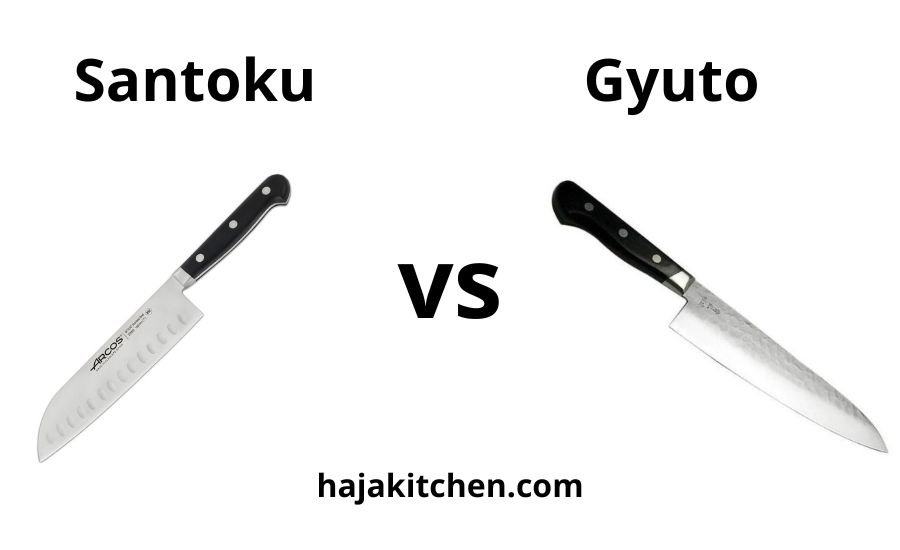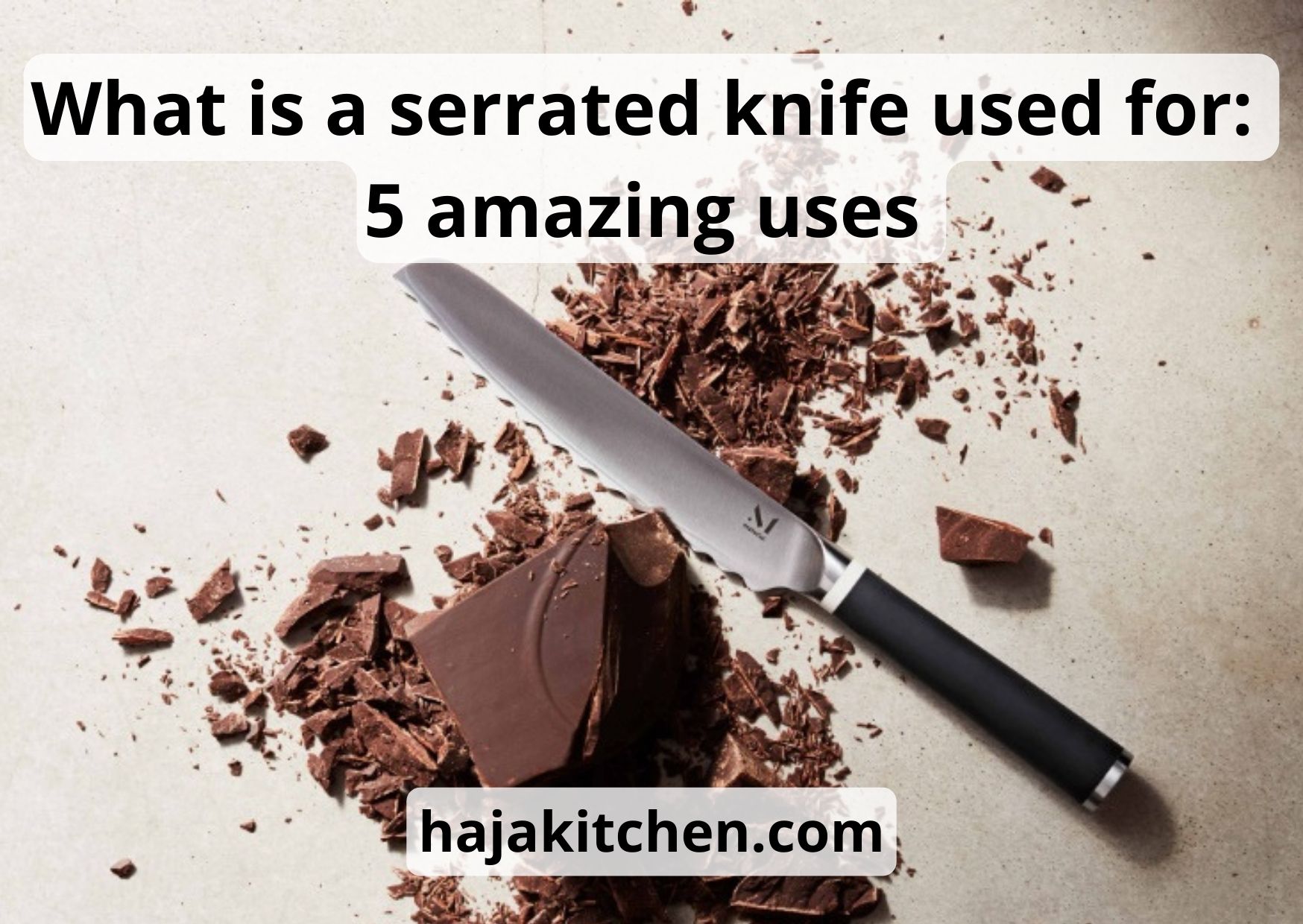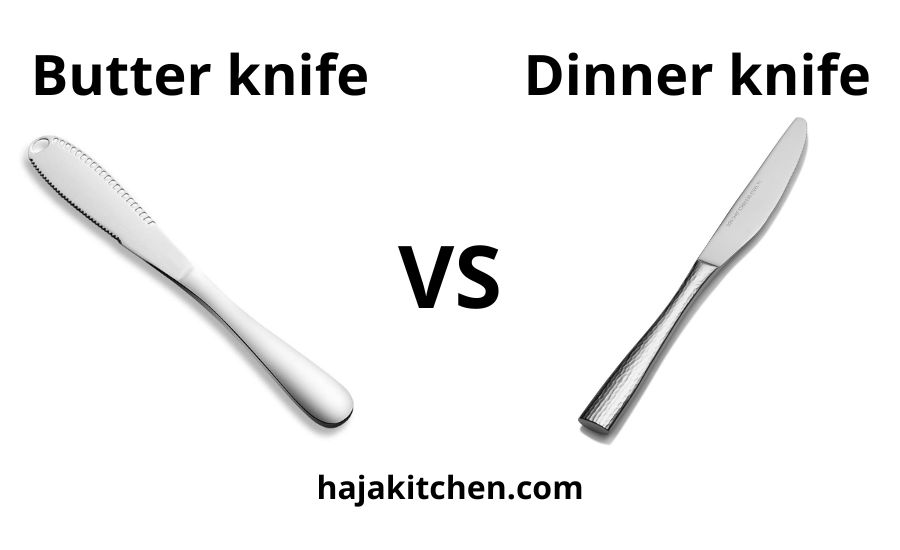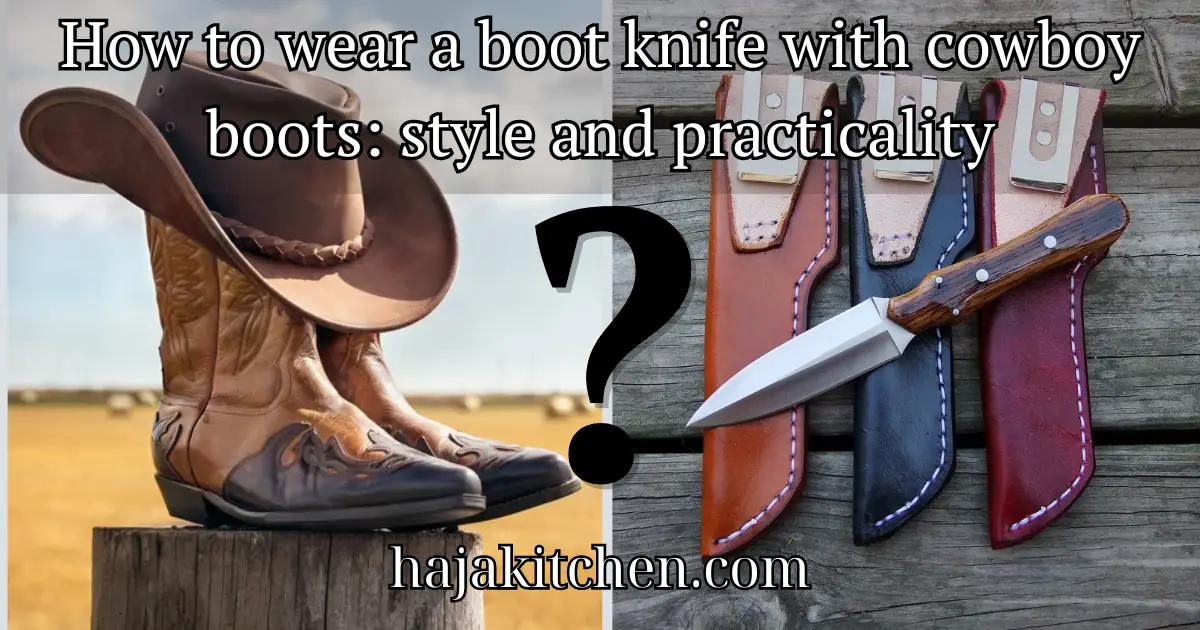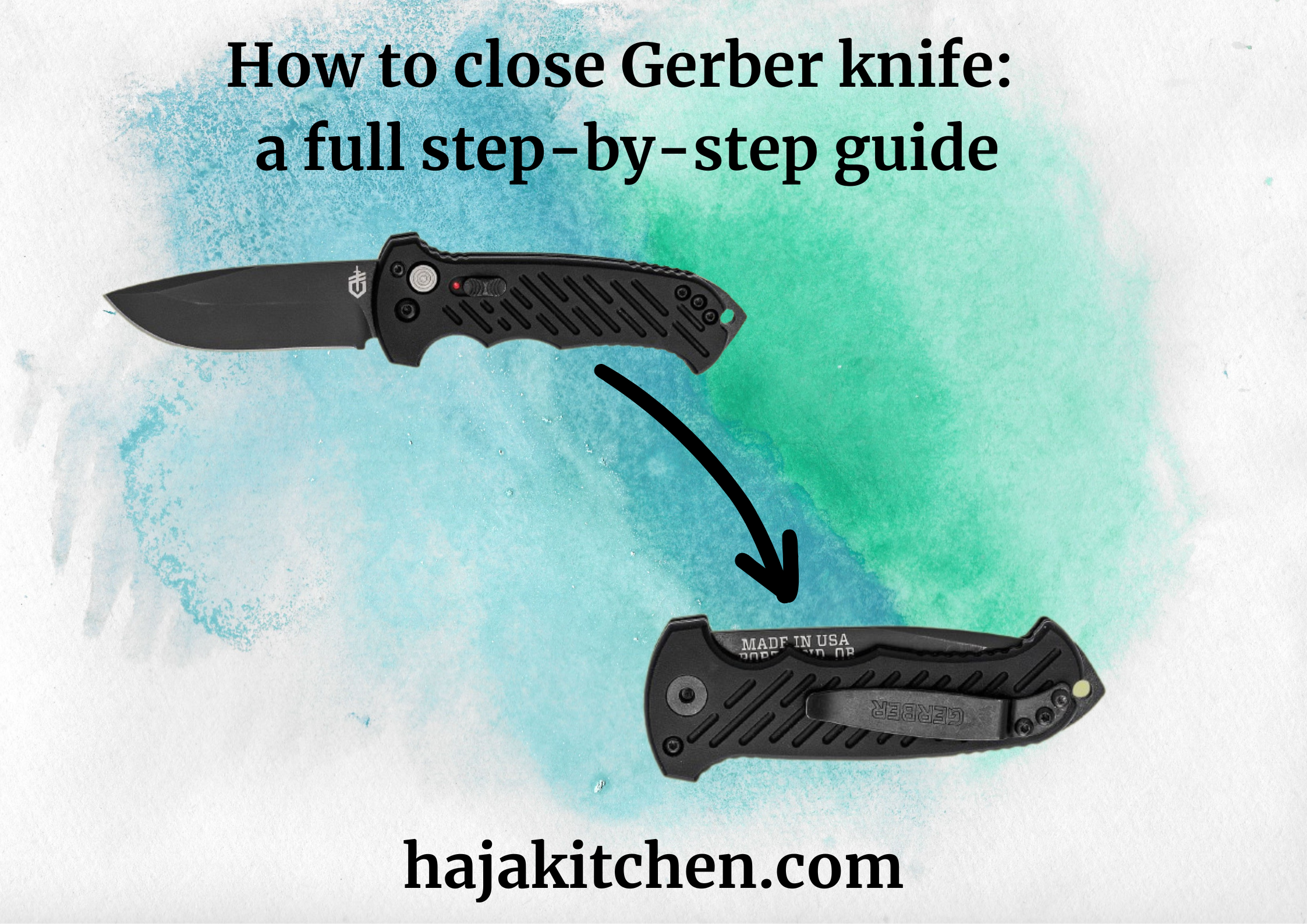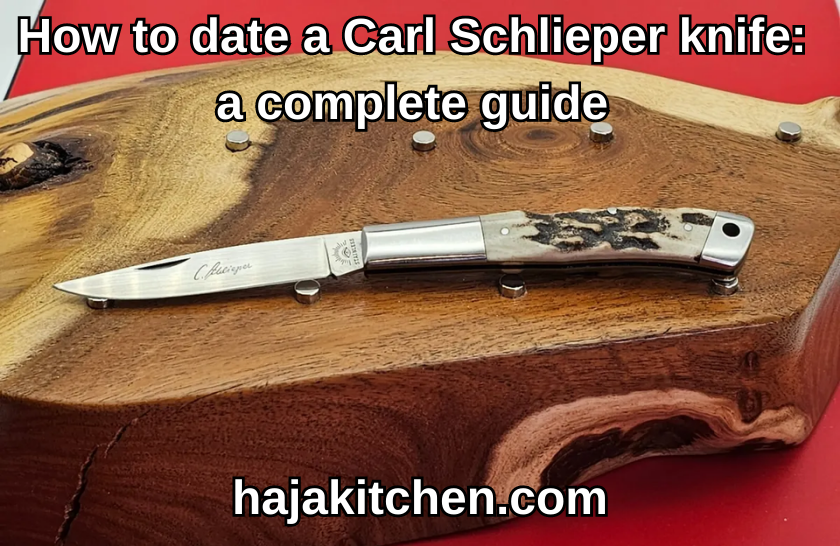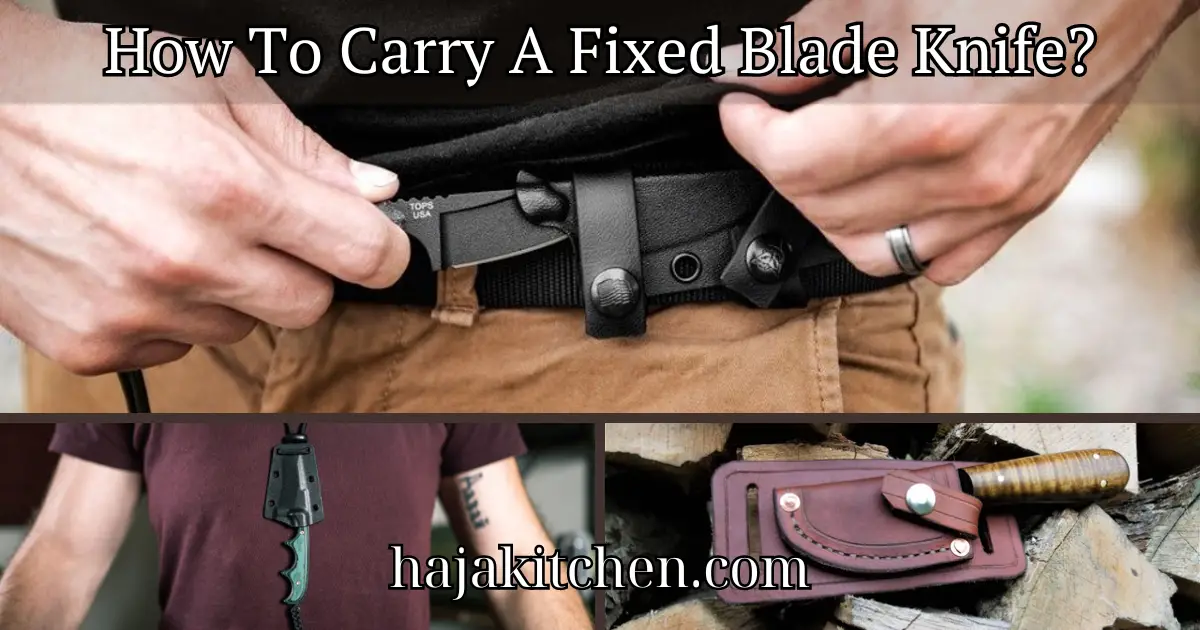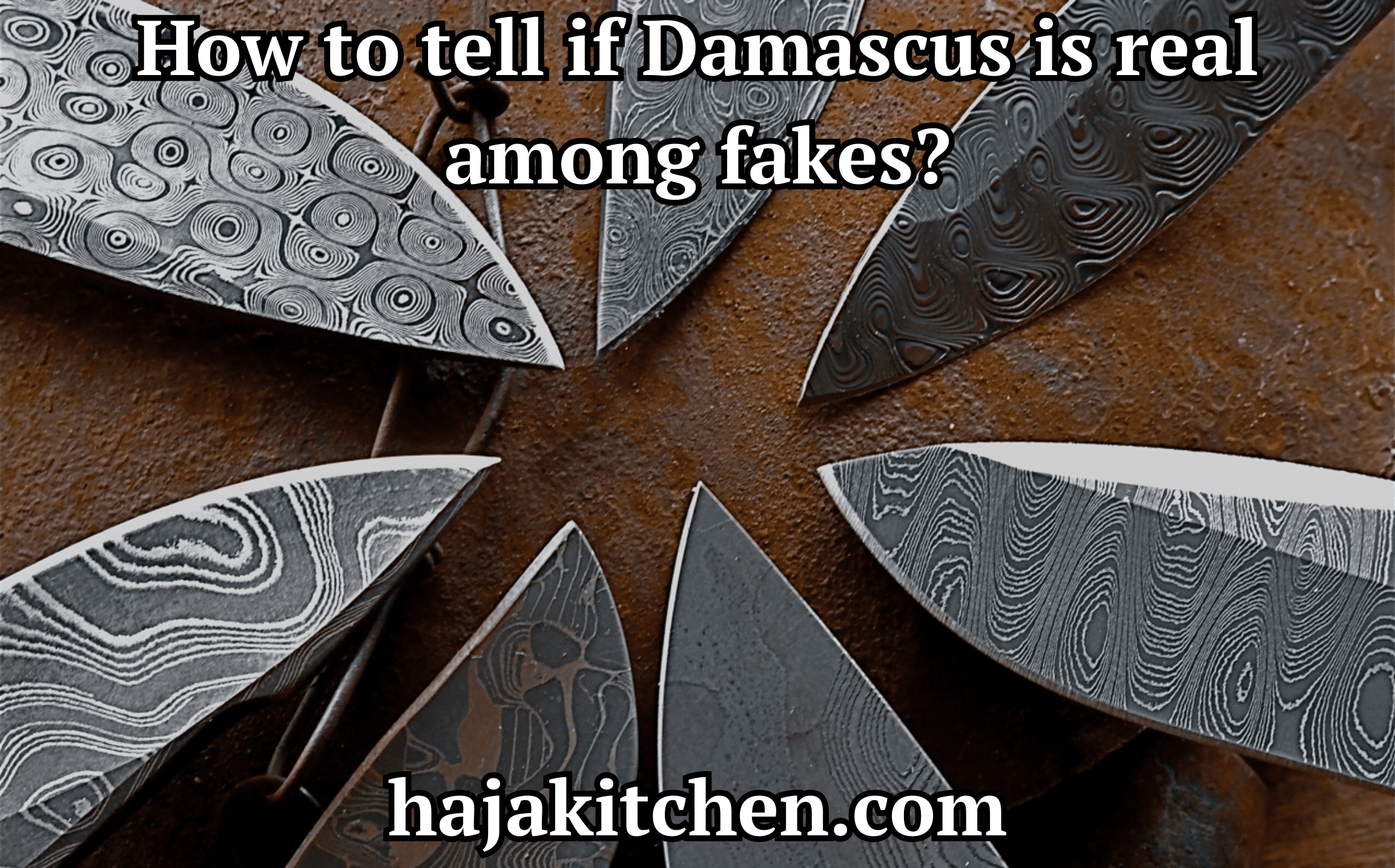Santoku vs Gyuto: a detailed comparison
You may encounter many different names for various blades in the world of Japanese knives. Upon first glance, these blades may appear to be identical, leading one to believe that they serve the same purposes. A Santoku and a Gyuto knife can sometimes be mistaken because of their similarities. However, they are appropriate for different … Read more

